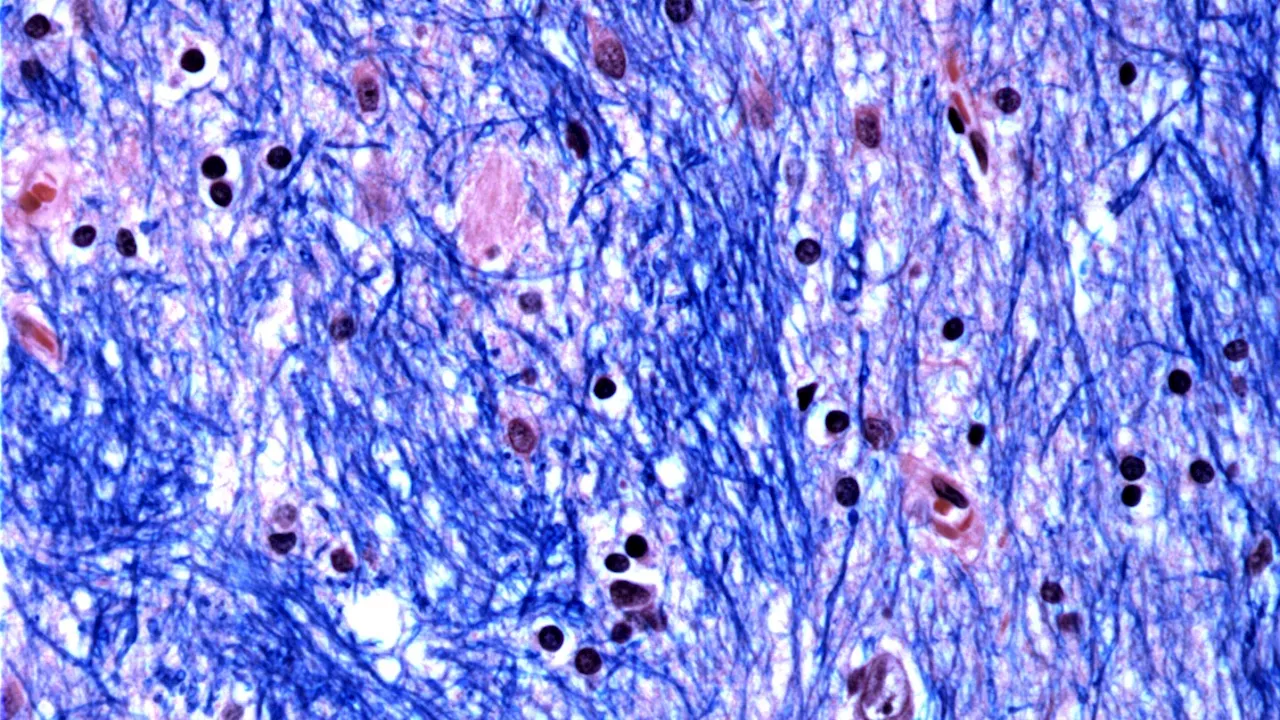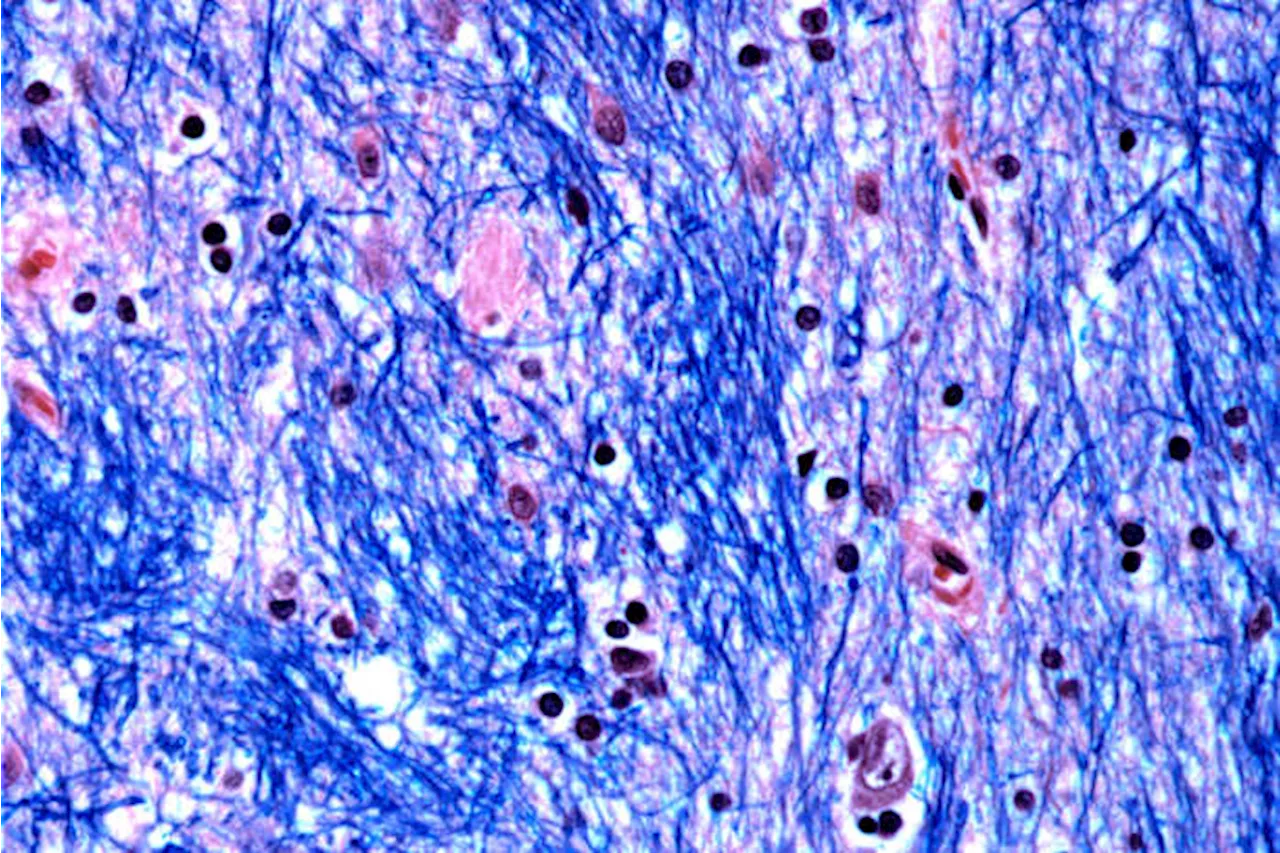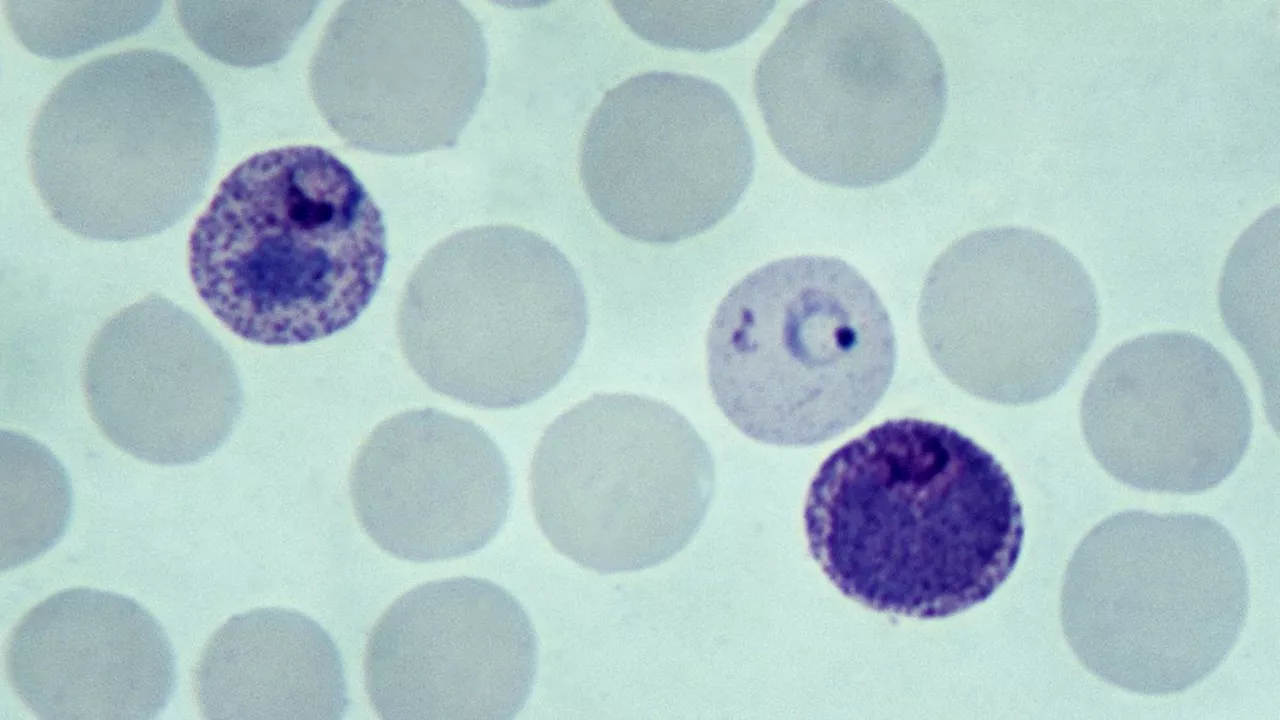New research reveals a surprising mechanism by which an inherited genetic mutation causes Huntington's disease, transforming the understanding of the fatal neurodegenerative disorder and suggesting potential avenues for prevention or delay.
A groundbreaking study has shed new light on the mechanisms behind Huntington's disease, revealing a surprising and intricate process by which an inherited genetic mutation leads to the death of brain cells . For decades, researchers have known that Huntington's is caused by a mutation in the Huntingtin (HTT) gene, but the precise way this mutation caused cell death remained a mystery.
This new research, conducted by scientists at the Broad Institute of MIT and Harvard, Harvard Medical School, and McLean Hospital, has uncovered a previously unknown mechanism.The study demonstrates that the inherited mutation itself is not inherently harmful to cells. Instead, it remains relatively innocuous for many years, gradually transforming into a highly toxic form over time. This transformation process, known as somatic expansion, involves the gradual lengthening of a specific DNA sequence within the HTT gene, composed of the three-letter code 'CAG.' In individuals with Huntington's, this CAG sequence is repeated at least 40 times, compared to the 15-35 repeats seen in healthy individuals. The researchers discovered that these DNA tracts with 40 or more CAG repeats can grow until they reach hundreds of repeats in length. However, this expansion occurs only within specific types of brain cells that are ultimately affected by Huntington's disease. Crucially, it is only when a cell's DNA expansion reaches a certain threshold number of CAGs – roughly 150 – that the cell becomes sick and eventually dies. The cumulative death of numerous such cells contributes to the development of the characteristic symptoms of Huntington's disease. This finding offers a potential explanation for the challenges faced by candidate Huntington's drugs that aim to reduce the expression of the HTT protein. Since very few cells possess the toxic version of the protein at any given time, these treatments may not be effective in a majority of cells. The study suggests that targeting the somatic expansion process itself, perhaps by preventing the lengthening of the CAG repeats, could delay or even prevent the onset of Huntington's disease in a significantly larger number of individuals. 'These experiments have fundamentally changed our understanding of how Huntington's develops,' said Steve McCarroll, a geneticist and neuroscientist and co-senior author of the study. 'This represents a novel way of conceptualizing how a mutation can lead to a disease, and we believe it will have broader implications for DNA-repeat disorders beyond Huntington's disease.
Huntington's Disease Genetic Mutation Somatic Expansion Brain Cells Neurodegenerative Disorder
United States Latest News, United States Headlines
Similar News:You can also read news stories similar to this one that we have collected from other news sources.
 Beta-Blockers Show Promise in Curbing Huntington Disease ProgressionBeta-blockers are linked to delayed motor decline in premanifest Huntington disease and reduced symptom progression in early motor-manifest disease, new research suggests.
Beta-Blockers Show Promise in Curbing Huntington Disease ProgressionBeta-blockers are linked to delayed motor decline in premanifest Huntington disease and reduced symptom progression in early motor-manifest disease, new research suggests.
Read more »
 Huntington's Disease Linked to Other Neurodegenerative Disorders Through RNA Processing DefectsA new study reveals the molecular mechanisms behind RNA processing defects in Huntington's disease (HD) and connects HD to other neurodegenerative diseases like ALS, FTLD, and Alzheimer's.
Huntington's Disease Linked to Other Neurodegenerative Disorders Through RNA Processing DefectsA new study reveals the molecular mechanisms behind RNA processing defects in Huntington's disease (HD) and connects HD to other neurodegenerative diseases like ALS, FTLD, and Alzheimer's.
Read more »
 Surprise finding sheds light on what causes Huntington's disease, a devastating fatal brain disorderScientists are unraveling the mystery of what triggers Huntington’s disease, a devastating hereditary disorder that strikes in the prime of life. New research shows that a genetic mutation long linked to the fatal condition is harmless for decades before slowly turning into a toxic form that kills the cells.
Surprise finding sheds light on what causes Huntington's disease, a devastating fatal brain disorderScientists are unraveling the mystery of what triggers Huntington’s disease, a devastating hereditary disorder that strikes in the prime of life. New research shows that a genetic mutation long linked to the fatal condition is harmless for decades before slowly turning into a toxic form that kills the cells.
Read more »
 Surprise finding sheds light on what causes Huntington's disease, a devastating fatal brain disorderScientists are unraveling the mystery of what triggers Huntington’s disease, a devastating hereditary disorder that strikes in the prime of life.
Surprise finding sheds light on what causes Huntington's disease, a devastating fatal brain disorderScientists are unraveling the mystery of what triggers Huntington’s disease, a devastating hereditary disorder that strikes in the prime of life.
Read more »
 Surprise finding sheds light on what causes Huntington's disease, a devastating fatal brain disorderScientists are unraveling the mystery of what triggers Huntington’s disease, a devastating hereditary disorder that strikes in the prime of life.
Surprise finding sheds light on what causes Huntington's disease, a devastating fatal brain disorderScientists are unraveling the mystery of what triggers Huntington’s disease, a devastating hereditary disorder that strikes in the prime of life.
Read more »
 'Mystery disease' in Congo turned out to be malaria — and potentially, another diseaseNicoletta Lanese is the health channel editor at Live Science and was previously a news editor and staff writer at the site. She holds a graduate certificate in science communication from UC Santa Cruz and degrees in neuroscience and dance from the University of Florida.
'Mystery disease' in Congo turned out to be malaria — and potentially, another diseaseNicoletta Lanese is the health channel editor at Live Science and was previously a news editor and staff writer at the site. She holds a graduate certificate in science communication from UC Santa Cruz and degrees in neuroscience and dance from the University of Florida.
Read more »
